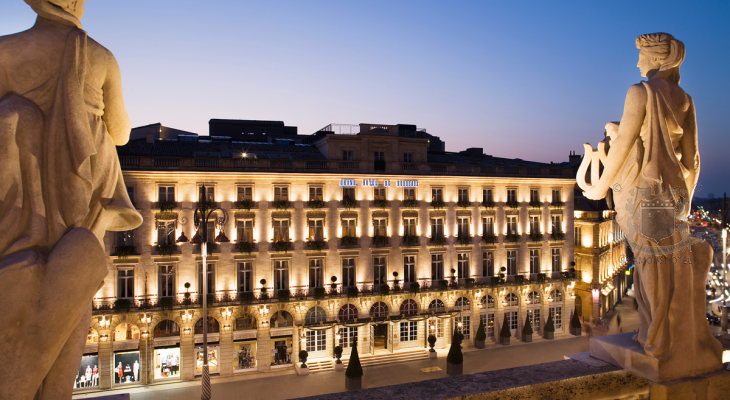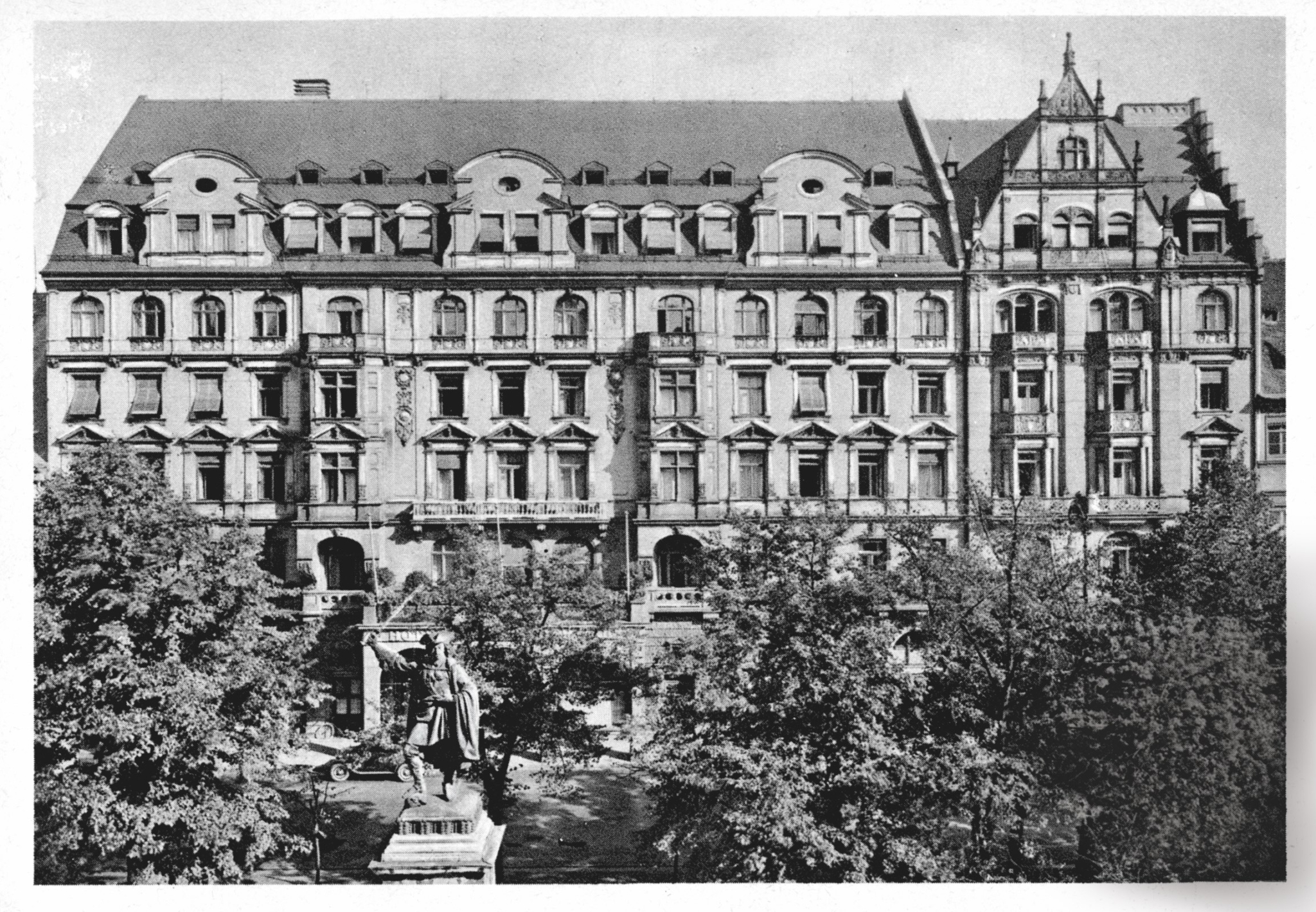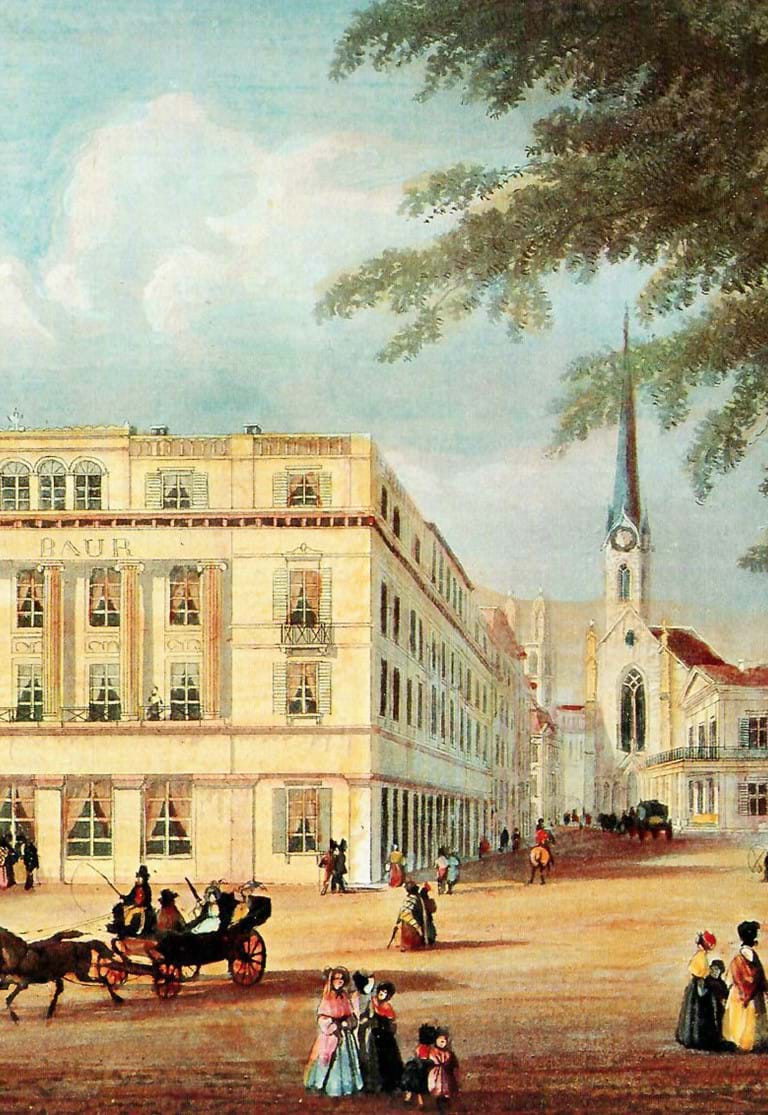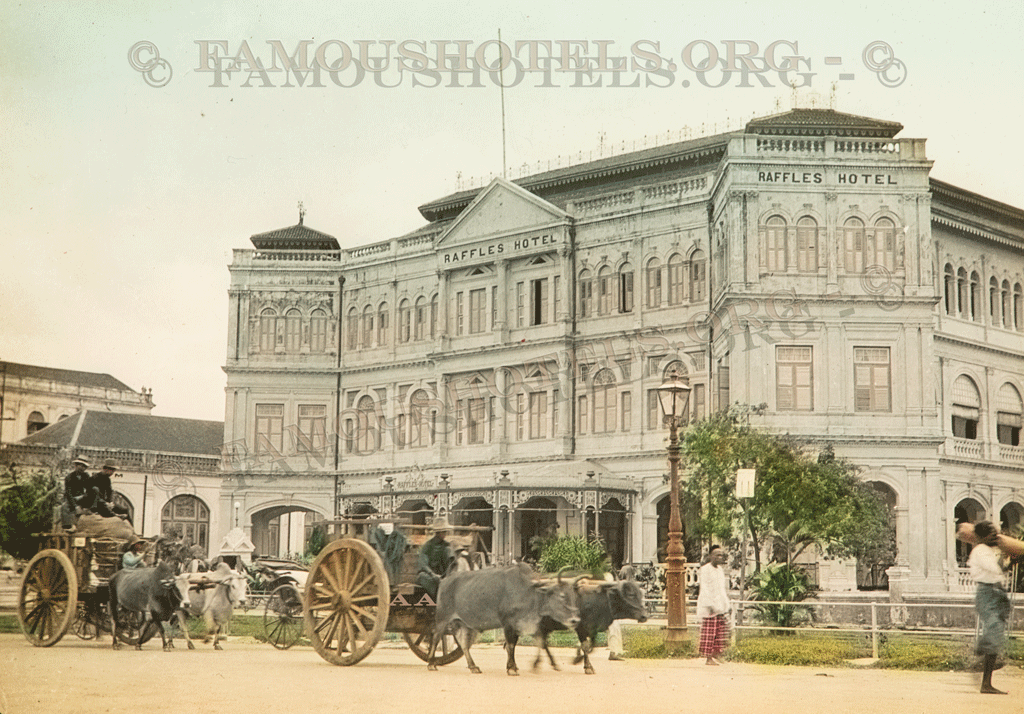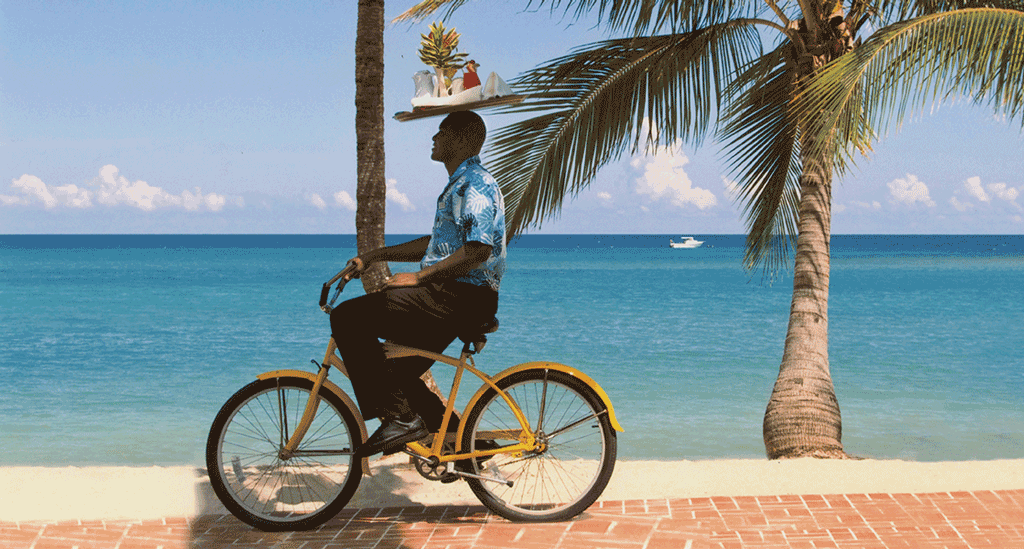InterContinental Hotels: the Story
( words)
Above: the façade of the InterContinental Bordeaux
Since 1933, in the early days of the first term of President Franklin Delano Roosevelt, the U.S. government had decided to encourage business and travel within Latin America. Mutual respect and trade should replace the image of the United States as the "big stick-carrying-bully" from the north.
Roosevelt's Good Neighbor policy was accompanied by generous government loans with attractive interest rates. The policy still needed vision and courage, however, and to encourage the building of a hotel chain the help of a $25 million credit was enlisted from the government in 1946. This amounted to 50% of the total project cost at a time when the cost of a single 200-room hotel was the equivalent to the asking price of four of the latest passenger aircraft models. Pan Am invested $50 million when it only had a net profit of $3 million.
Among the key managers within the InterContinental Hotel Group was Byron Calhoun*, a self-made man, who at the age of 14 took his first job in a hotel. Having worked for the Radisson Hotel in Minneapolis, together with a University of Chicago professor, he made a discovery about the hotel industry years ahead of its time: "Employees only perform at their best when they feel the security of knowing precisely what their jobs consist of, and why each element of their work is necessary. Training was the key..."
The predominant user of an InterContinental Hotel was the medium-income business traveler. In this sense, one-bedroom suites designed for extended stays and trunks full of clothing would become obsolete. Instead, the new traveler would need basic comforts: cleanliness, a good bed, reliable hot and potable water, a private bathroom, fast laundry, a valet service, safe food, telephone and wire service provided in the guest's own language, all at an affordable price for the business traveler and his company.
The plans for a Pan Am owned international hotel group almost ended on December 31, 1948 because the Pan Am board had set this as the deadline for terminating support for the hotel company. The decision was reversed because just before Christmas in 1948, an InterContinental manager finally managed to conclude a $4 million loan agreement with the Colombian government for a 400-room hotel in Bogota. This ensured the continuation of the project.
The InterContinental website explains this further:
The InterContinental brand became the symbol of glamour, sophistication and success that years later, continue to define international travel and commerce.
From our early days, we've been the hotel brand of choice for foreign dignitaries, heads-of-state, royalty, rock-stars, celebrities and those seeking a unique experience. We count many names among our past and current guest list, including George V and Queen Mary, Prince Rainier and Princess Grace, Ava Gardner, Josephine Baker, Nat King Cole, Imelda Marcos, Margaret Thatcher, Louis Armstrong, President and Mrs. Reagan, President Chirac and Prince William... to name just a few.
Our guests, both then and now, have always had a passion for travel. And our hotels have always embraced and celebrated their local cultures. These common values have shaped the spirit of InterContinental over the years. And today our brand and our staff around the world embody this heritage.
With a worldwide portfolio of over 150 hotels in 65 countries, InterContinental Hotels & Resorts has been welcoming frequent international travelers for more than half a century. A pioneer in the development of the hotel industry, InterContinental properties successfully blend consistent global standards with the distinctive cultures of their locations to deliver a truly authentic and local experience.
Key Dates
1940s InterContinental Hotels & Resorts is born as the International Hotels Corporation on 4 April, 1946. International changes its name to InterContinental Hotels Corporation in 1947 to reflect its intention to develop around the world. In 1949, the first InterContinental hotel begins operating in Belém, Brazil.
1950s Early expansion of the hotel brand develops along owner Pan American World Airway's routes in Latin America. InterContinental's first Caribbean properties are also inaugurated in the 1950s.
1960s InterContinental opens its first hotels outside Latin America and becomes the first international hotel brand to establish a presence in the Middle East, Asia/Pacific and Africa. The group opens its first four hotels in Europe within a two-week period in 1963. The Six Continents Club, the industry's first global guest-recognition program debuts.
1970s InterContinental breaks into the U.S. market, assuming operations for the Hotel Mark Hopkins in San Francisco (now InterContinental Mark Hopkins San Francisco). InterContinental New York (now InterContinental The Barclay New York) was also added to the brand's U.S. portfolio late in the decade.
1980s Pan American Airlines sells its interest in InterContinental. The new owners partner with Pan American Life insurance to build and open the 500-room InterContinental New Orleans. The InterContinental Miami and InterContinental The Willard Washington, D.C. are added to the collection.
1990s InterContinental re-enters the Mexican market by signing a joint venture with Presidente Hotels, adding properties in Cancun, Cozumel, Mexico City, Los Cabos, Puerto Vallarta, and Ixtapa.
2000s InterContinental continues plans to drive growth around the world with key focus on resorts and development in the United States.
2006
InterContinental launches Concierge Programme and Aston Martin Racing sponsorship.?InterContinental London Park Lane reopens after £76m refurbishment.?InterContinental opens first-ever hotel in Boston, Massachusetts, United States.
2007
InterContinental partners with National Geographic.?For the first time since 1959, Aston Martin has triumphed at the legendary 24-Heures du Mans in France, the world's most prestigious motor sport event (see 2006: Aston Martin Racing sponsorship).?
InterContinental announces 'Insider Experiences.'
___________________________
Select The Most Famous Hotels in the World Member Hotels include:
The Mark Hopkins, San Francisco;
The Willard, Washington;
The Amstel, Amsterdam;
* Byron Calhoun, who had managed the Minneapolis Raddison from 1941-1947, joined Intercontinental in 1947 and became its Vice President from the early 50s until his death I957. He had been the general manager of the St Paul Hotel in the 1940s and was the protégée of Barney Allis, owner of the Muelbach in Kansas City, in the 1920s and early 30s.

